President Donald Trump escalated his criticism of Federal Reserve Chair Jerome Powell this week, accusing him of poor leadership, failing to cut interest rates swiftly, and mismanaging a multibillion-dollar renovation of the Fed’s headquarters, CNN reports.
The public confrontation marks the Trump administration’s most forceful stance yet against the central bank and its leader, raising concerns over the independence of US monetary policy.
In a sharply worded letter posted Thursday on social media, Russell Vought, Director of the Office of Management and Budget (OMB), alleged that Powell had violated federal oversight procedures and misled Congress regarding the rising costs of the Fed’s Washington headquarters renovation, now estimated at $2.5 billion.
“The President is extremely troubled by your management of the Federal Reserve System,” Vought wrote, citing what he called “an ostentatious overhaul” of the Fed’s facilities at a time when Trump believes the central bank should be focused on rate cuts.
The administration’s criticism of Powell has intensified in recent months as the Federal Reserve has kept interest rates steady, despite inflation showing signs of cooling. Trump — who appointed Powell during his first term — has frequently criticized him, calling him “Too Late” for what he sees as a delayed response to inflation and a reluctance to stimulate the economy with lower rates.
While central banks in Europe and Latin America have begun cutting rates this year, the Fed has taken a more cautious approach, opting to observe the impact of ongoing fiscal and trade policies before making further moves. Powell has consistently emphasized that the Fed’s focus remains on controlling inflation and maintaining labor market stability.
Some analysts suggest that the administration’s focus on the Fed’s renovation costs — combined with accusations of dishonesty and regulatory noncompliance — may be an attempt to build a case for removing Powell “for cause.” While the Supreme Court has made clear that presidents cannot arbitrarily dismiss a Fed chair, proving legal cause could potentially open that door.
Others believe the administration may simply be trying to pressure Powell into resigning.
“They are trying to pressure him in every way they can,” said Alan Blinder, former vice chair of the Fed. “I don’t believe he will and I don’t believe he should.”
Firing Powell, or signaling that the Fed is under presidential influence, could also shake investor confidence. Markets tend to favor an independent central bank, and any perception that monetary policy is being politically manipulated could push interest rates higher, not lower, analysts warn.
Much of the latest criticism centers on the Fed’s headquarters renovation, which has ballooned in cost from $1.9 billion to $2.5 billion. Powell has defended the project, saying the higher cost reflects inflation in construction materials and labor, and changes in the construction schedule.
“There’s no VIP dining room, no new marble,” Powell said during testimony to the Senate in June. “Just old elevators that have been there for decades.”
Still, the Trump administration has questioned whether the Fed has complied with oversight rules and whether Powell misled lawmakers. Trump recently removed three members of the National Capital Planning Commission (NCPC) — the agency responsible for approving the Fed’s building plans — and replaced them with administration officials. One of them, Deputy Chief of Staff James Blair, said the commission was requesting updated renovation plans and documentation to determine whether Powell misrepresented the project in his Senate testimony.
At the heart of the dispute is Trump’s dissatisfaction with the Fed’s monetary policy direction. The president has repeatedly called for immediate rate cuts to stimulate economic growth, while Powell and other Fed officials have taken a more measured approach.
Powell has acknowledged that Trump’s tariff policy and major fiscal shifts have contributed to economic uncertainty — a factor influencing the Fed’s decision to delay rate changes.
Asked earlier this month whether interest rates might already be lower if not for Trump’s economic policies, Powell responded, “I do think that’s right,” while also noting that most Fed officials still anticipate rate cuts later this year.
Trump has hinted he may soon name a potential successor to Powell, whose term ends in May 2026. While the Fed chair is appointed for a fixed term, replacing Powell early could unsettle markets and raise concerns about the future direction of US monetary policy.
“If the new chair is seen as willing to bend to presidential pressure,” Blinder said, “it could increase inflation expectations and push interest rates up, undermining the very goal Trump says he’s trying to achieve.”
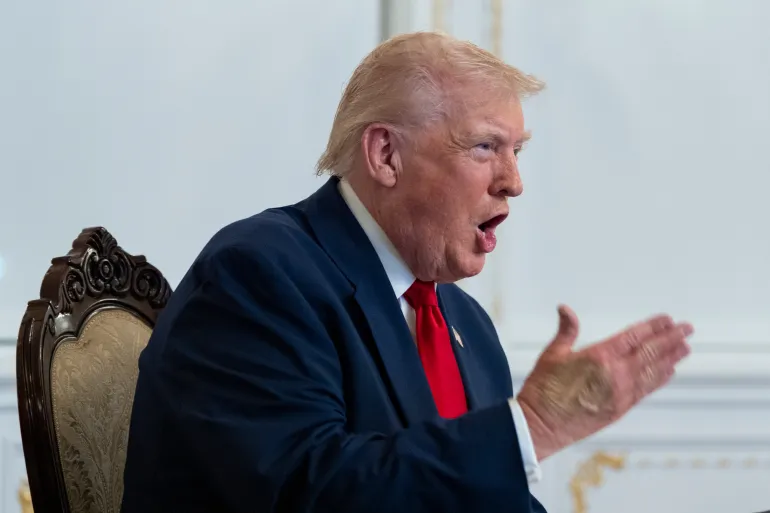



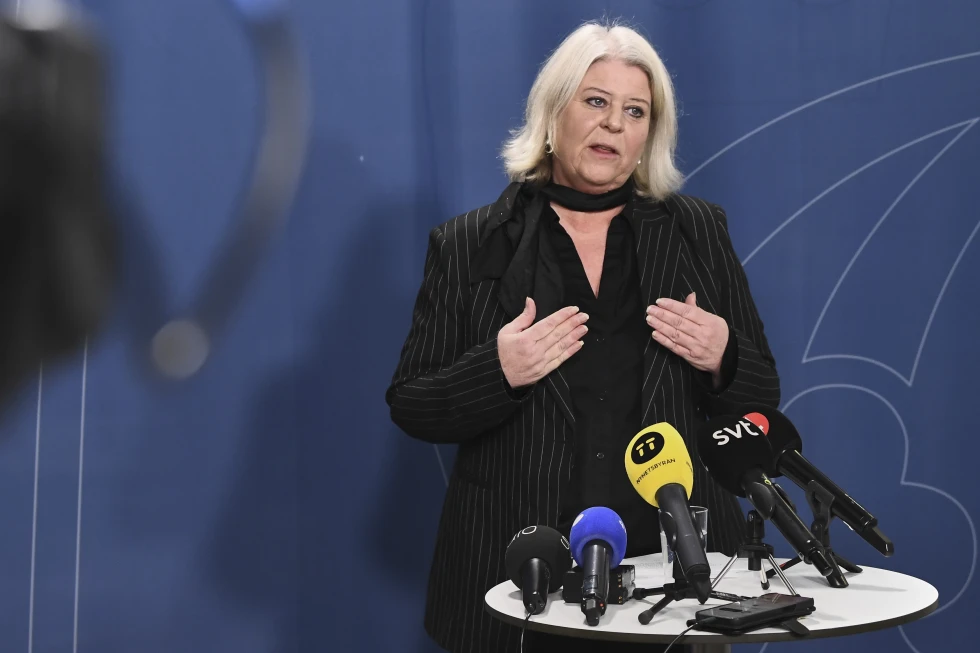
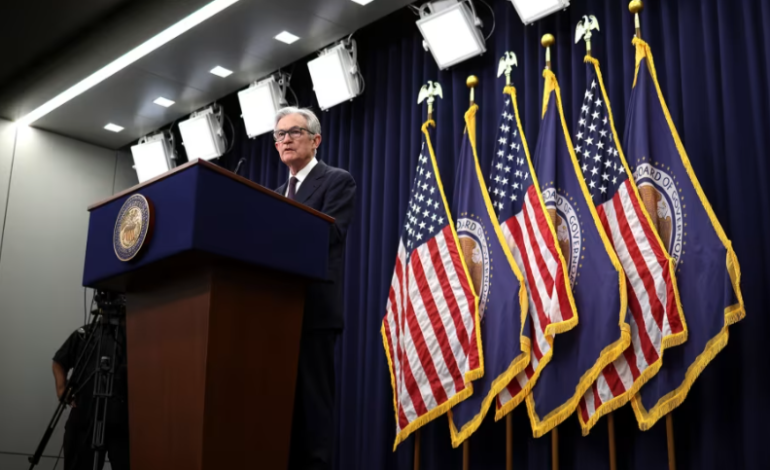


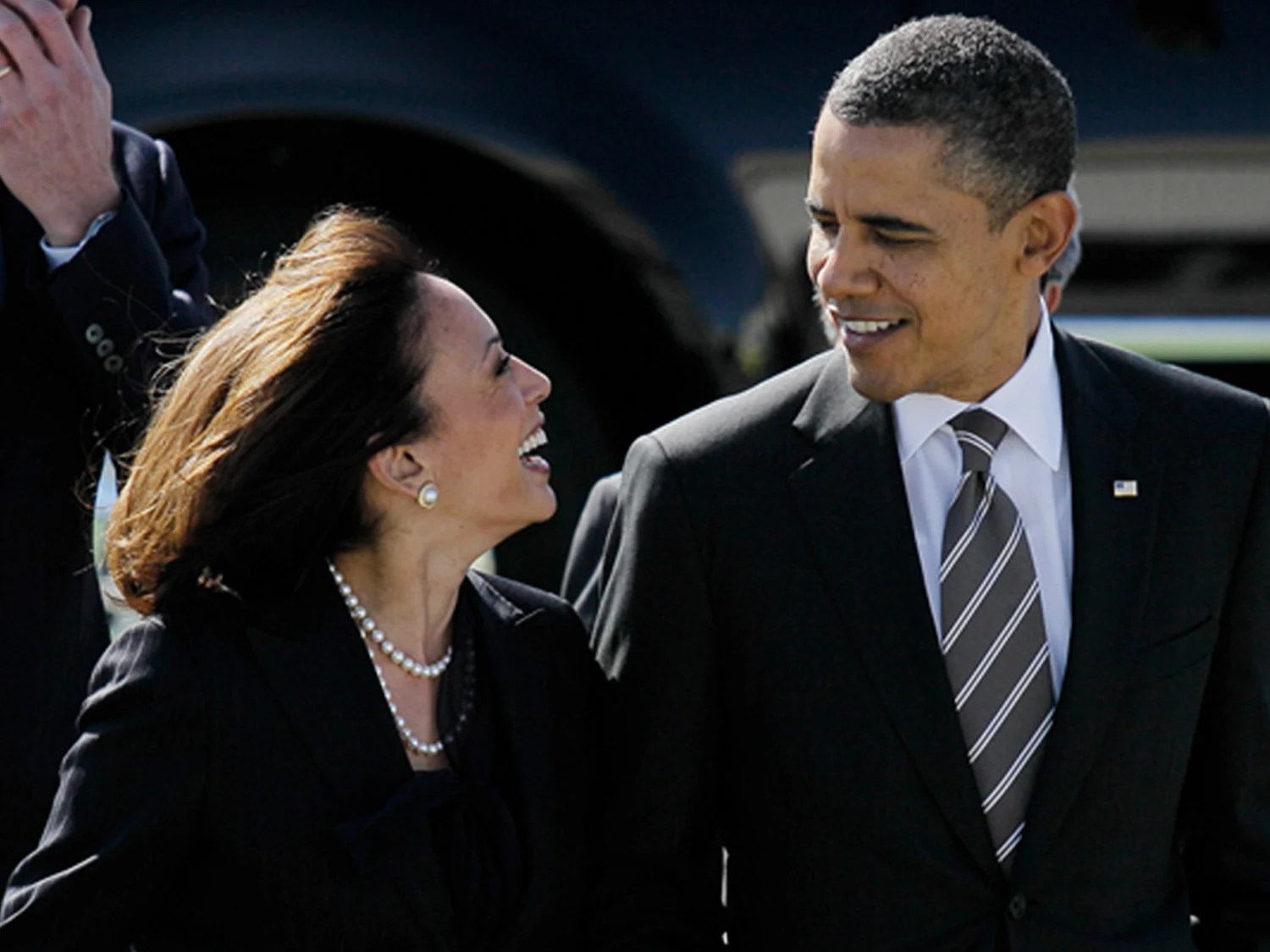
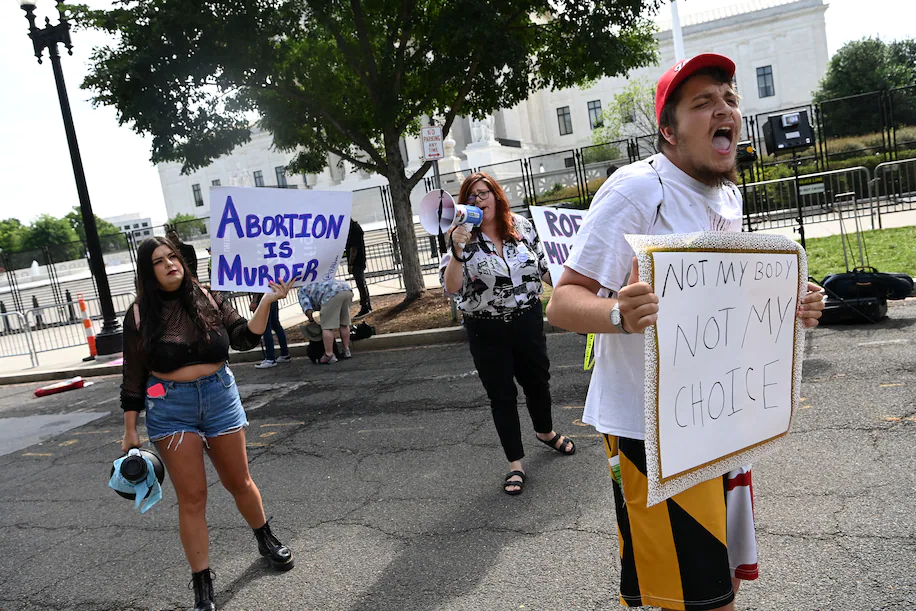
The latest news in your social feeds
Subscribe to our social media platforms to stay tuned